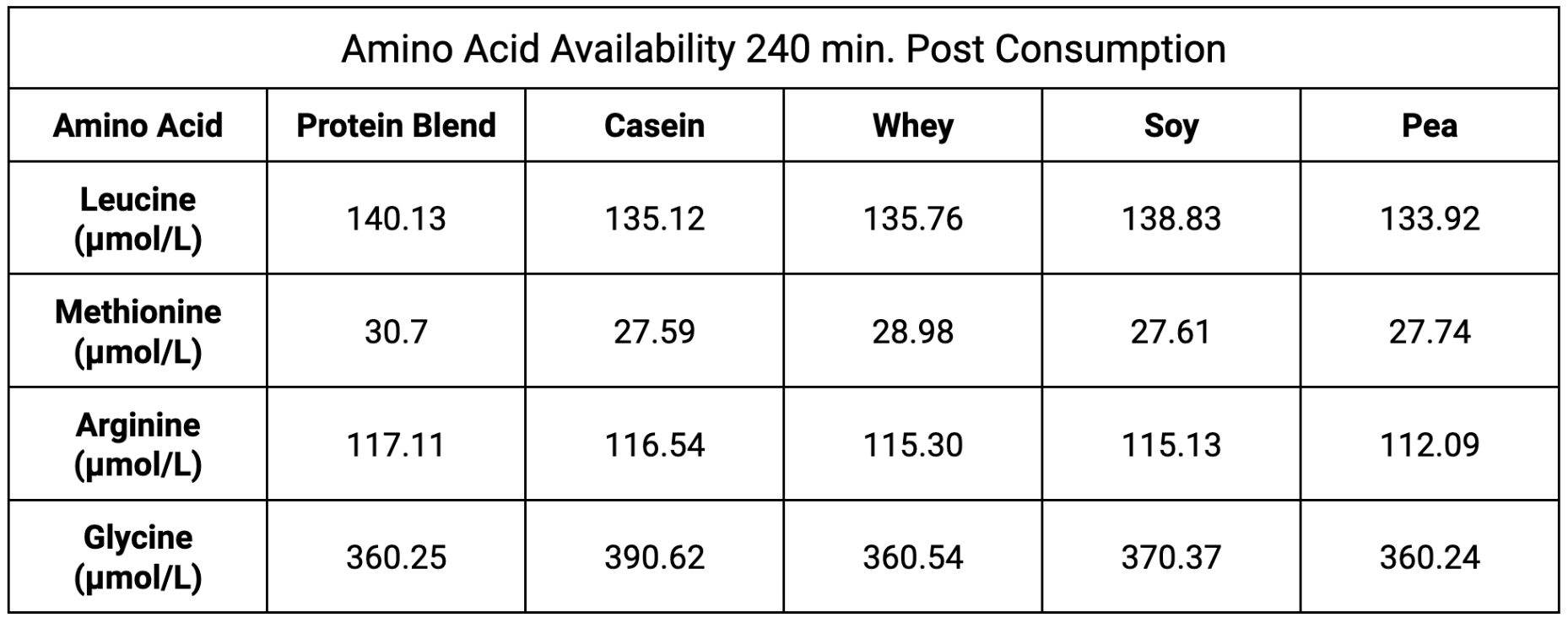AP Biology 🧬
358 resourcesSee Units
AP Bio Free Response Question for Protein Powders
👋 Welcome to the AP Bio Unit 1 FRQ (Protein Powders). These are longer questions, so grab some paper and a pencil, or open up a blank page on your computer. After you finish, you can see how you did with Unit 1 FRQ (Protein Powders) Answers.
- 🤔 Need a quick refresher of the unit as a whole? Check out the Unit 1 Overview.
- 😩 Getting stumped halfway through answering? Look through all of the available Unit 1 Resources.
⏱ The AP Biology exam has 6 free-response questions, and you will be given 90 minutes to complete the FRQ section. (This means you should give yourself ~15 minutes to go through each practice FRQ.)
Setup
Quality proteins are required for optimal health. In the healthcare and fitness industries, different protein powders are often used to meet nutritional standards or to maximize muscle growth and development. Protein powders may be manufactured from dairy or vegetable sources, including whey, casein, soy, and peas. The following table (Table 1) demonstrates five different types of protein powders, including a blend of all four.
Table 1

Questions
(a) A nutritionist is working with a patient who is trying to run a marathon. In addition to protein, identify which macromolecule will be most essential to their training and explain why.
(b) Describe how the structure of the amino acids relates to the function of the protein as a whole.
(c) Using the template provided, construct a graph of the availability of methionine across all five protein options.
(d) Collagen peptides are a popular powder to mix into foods and drinks. These peptides contain collagen proteins, which support hair, skin, and nail health. However, nutritionists advise against relying on collagen as a source of protein because it does not contain the amino acid tryptophan, and therefore it is not a complete protein. Explain why the absence of tryptophan makes collagen peptides incomplete and inadequate as a primary source of protein.
Answers & Rubric
💯 Ready to see how you did? Take a look at the Unit 1 FRQ (Protein Powders) Answers.
Browse Study Guides By Unit
🧪Unit 1 – Chemistry of Life
🧬Unit 2 – Cell Structure & Function
🔋Unit 3 – Cellular Energetics
🦠Unit 4 – Cell Communication & Cell Cycle
👪Unit 5 – Heredity
👻Unit 6 – Gene Expression & Regulation
🦍Unit 7 – Natural Selection
🌲Unit 8 – Ecology
📚Study Tools
🧐Exam Skills

Fiveable
Resources
© 2025 Fiveable Inc. All rights reserved.